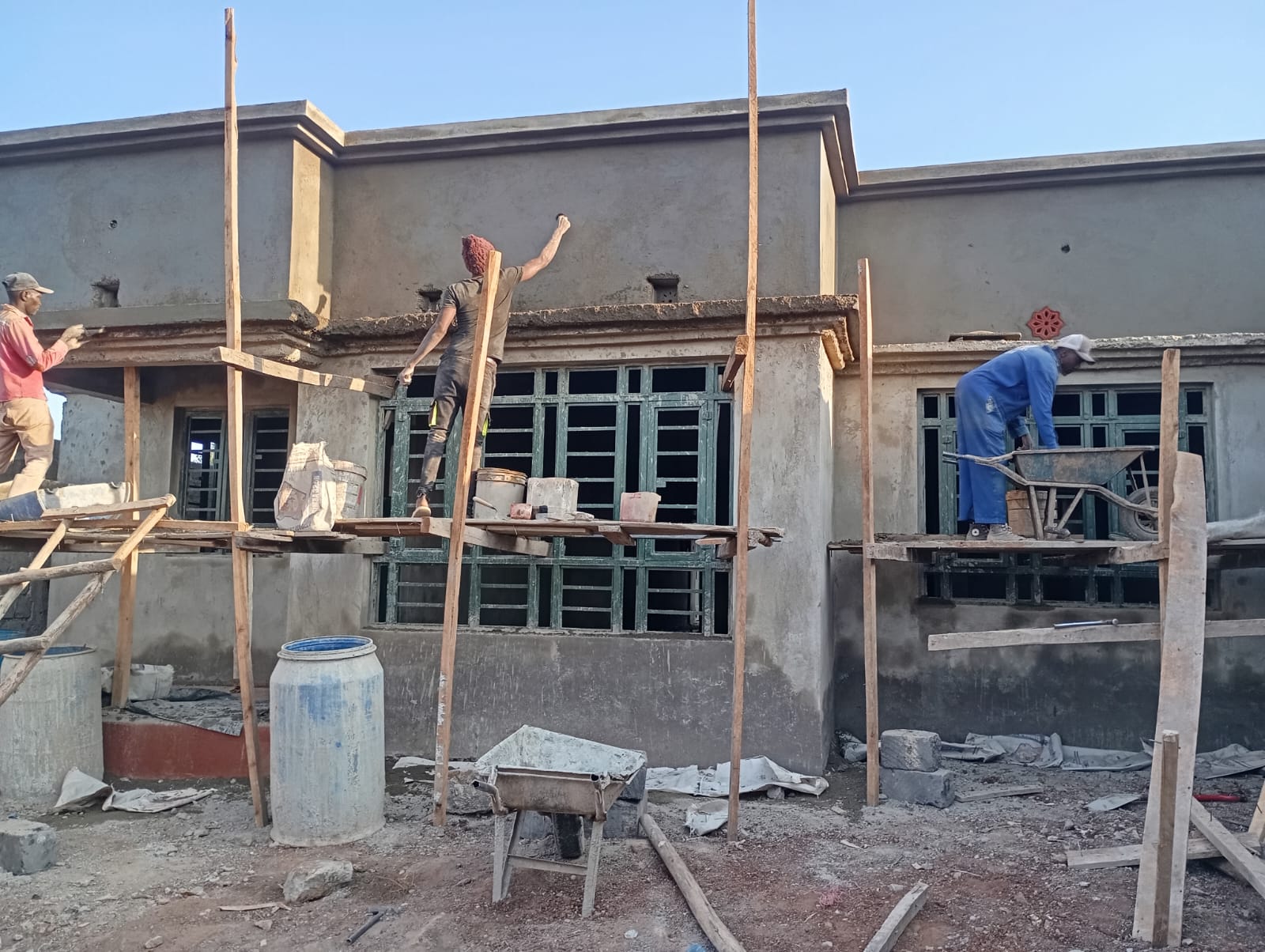

Kenya’s booming construction industry is fueling economic growth, but for many ‘mjengo’ workers it is also the reason they will never again walk on two feet.
Mjengo, which refers to labouring in high-rise buildings and infrastructure projects, is now the second biggest cause of spinal cord injuries in Kenya after road crashes.
This is according to a new study that examined SCI in three counties between 2016 to 2020.
A spinal cord injury cannot be cured, but treatment can help prevent additional injuries and irreversible damage.
Researchers from the Nairobi-based African Population and Health Research Centre and the US’s Drexel University reviewed medical records of all patients diagnosed with SCI, over a four-year period at Coast General Hospital, Kenyatta National Hospital and Machakos Level 5 Hospital.
The data reveals a growing crisis. Falls from heights account for 42.25 per cent of SCI cases, with many incidents occurring in Kenya’s rapidly expanding construction sector.
Mjengo workers often work in hazardous conditions without proper safety equipment or training. “There is an urgent need for better safety regulations at workplaces,” the authors said.
They said many workers suffer serious injuries due to lack of harnesses, unstable scaffolding, and inadequate safety oversight.
Their paper, ‘Epidemiology of spinal cord injuries in three selected counties in Kenya’, was published last week in the Journal of Physiotherapy.
They said road crashes remain the single biggest cause of spinal cord injuries in Kenya, responsible for 45 per cent of cases.
Many of these accidents involve boda bodas, which have become a popular but dangerous mode of transport. Reckless driving, poor road conditions and lack of safety gear contribute to these injuries.
“Our findings emphasise the need for stricter traffic laws and enforcement,” the researchers noted. Violence is another major cause of SCI.
Gunshot wounds account for 7 per cent of cases, pointing to a deeper societal issue.
“The presence of such injuries points to a broader societal problem, namely, violence, which is increasingly recognised as a public health issue,” the researchers wrote.
Reducing gun violence through stronger law enforcement and community engagement could help lower these numbers, they said. Diseases also play a role, accounting for 4.23 per cent of SCI cases.
Some infections and medical conditions weaken the spine, increasing the risk of injury. Early diagnosis and treatment could help reduce such cases, the authors said.
Sports-related spinal injuries are relatively low in Kenya, making up only 1.41 per cent of cases.
However, the study warns against ignoring
them.


